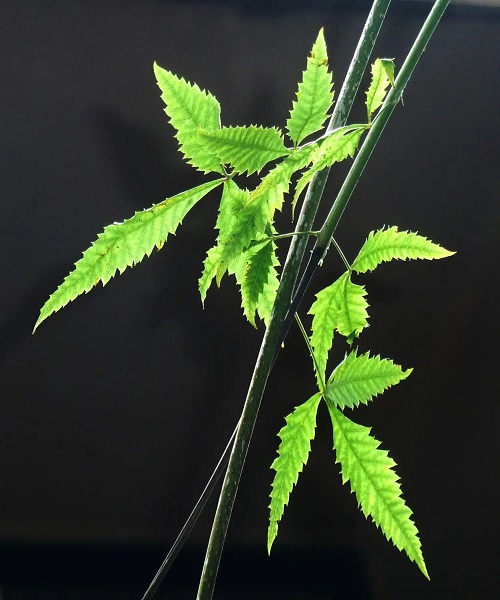In order to avoid losing their leaves to herbivores, plants have devised a variety of clever tactics. Several of these chemical defenses, unfortunately, can induce painful skin reactions in people. Read on to learn about some of the plants that might cause irritation and even burns.
Manchineel
Hippomane mancinella (Manchineel) is an evergreen tree endemic to Florida, the Caribbean, and parts of Central and South America. Because its leaves and fruits mimic those of an apple, it is frequently referred to as “beach apple.” However, its Spanish moniker, manzanilla de la muerte (“small apple of death”), more accurately describes its lethal qualities.
The plant has a multitude of poisons, and eating its fruits would almost certainly burn your mouth and throat. The milky sap of the leaves and bark includes phorbol, an unpleasant substance that causes a severe allergic skin reaction. Raindrops falling through the tree can pick up the phorbol and burn anyone standing beneath it. Even touching the tree can cause blisters on the skin.
Native Americans have long used the sap to poison arrows, and it is believed that explorer Juan Ponce de León perished as a result of such a weapon on his second trip to Florida.
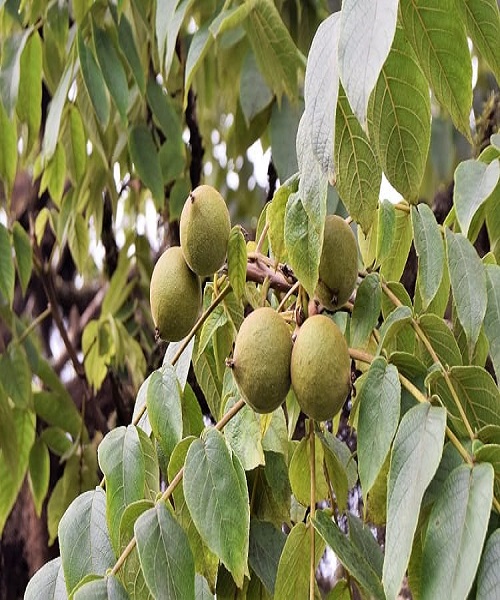
Poison Ivy
If you live in eastern North America, you’re probably aware of poison ivy’s iconic “three leaves.” Poison ivy (Toxicodendron radicans), poison sumac (Toxicodendron vernix), and poison oak (Toxicodendron diversilobum) all contain the chemical urushiol.
When touched, nearly all portions of these plants can cause contact dermatitis, a severe, itchy, and painful skin inflammation. Even scarier, urushiol can remain on clothing, shoes, equipment, soil, or animals that have come into touch with the plants, poisoning an unsuspecting victim.
If you’ve been hiking through underbrush areas containing these plants, make sure to remove your clothing so that the exterior doesn’t touch your skin and wash it right away. The rash can continue anywhere from one week to three weeks and normally does not require medical attention.

Stinging nettle
The stinging nettle (Urtica dioica) is native to Eurasia, North America, and northern Africa, and has spread to areas of South America. This herbaceous plant’s leaves and young stems have stinging hairs and formic acid.
A burning, tingling, and itchy rash are the result of these needle-like hairs injecting the stinging acid into the skin. Fortunately, the symptoms normally last little more than 24 hours. Surprisingly, the cooked plant is safe to eat and is used as a vegetable in some regions.
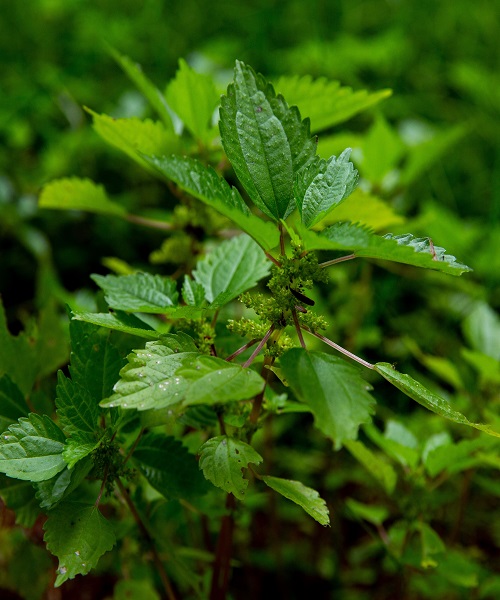
Hogweed
The enormous hogweed (Heracleum mantegazzianum) and the common hogweed (Heracleum sphondylium) are both native to Europe and have naturalized in regions of the United States. These weedy wildflowers’ leaves and sap contain furocoumarins, which should be avoided.
When exposed to sunshine, contact can produce phytophotodermatitis, a condition in which the skin explodes in painful blisters. Getting sap in your eyes can make you go blind.
Given that hogweeds resemble the deadly poisonous water hemlocks (Cicuta species), it’s definitely a good idea to avoid tall carrot-looking plants with white flower clusters.
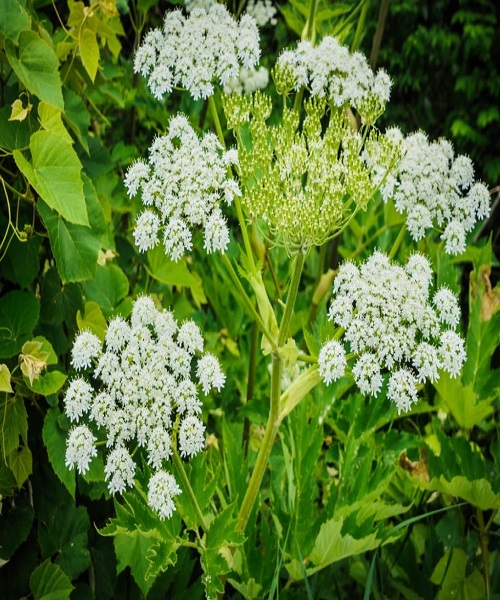
Tread-softly
Tread-softly (Cnidoscolus stimulosus), often known as noseburn or finger-rot, is a lovely tiny herb native to the southeastern United States. The plant, as well as its flowers and fruits, are coated in stinging hairs that break off in the skin and release a variety of irritant substances.
Although contact causes severe stinging and itching, symptoms typically last less than an hour; nevertheless, some persons may experience skin discoloration for many days. This is not a plant to walk on with bare feet!

Gympie gympie
There are many stinging plants in the nettle family, but none is as ferocious as the gympie gympie (Dendrocnide moroides). The gympie gympie, one of six stinging trees native to Australia (of course) and also found in Indonesia, is one of the world’s most deadly plants.
The stinging leaves cause severe allergic reactions in their victims, sometimes resulting in anaphylactic shock. For months, the sting can inflict severe, incapacitating pain; some have described it as feeling like they are being burned by acid, electrocuted, or squeezed by huge hands.
Many humans have experienced pain flare-ups for many years after being stung, and there are several tales of horses going insane with anguish and jumping off cliffs to their deaths after being stung.
Foresters and scientists working near the tree are required to wear respirators and substantial protective clothes, as well as antihistamine medications.
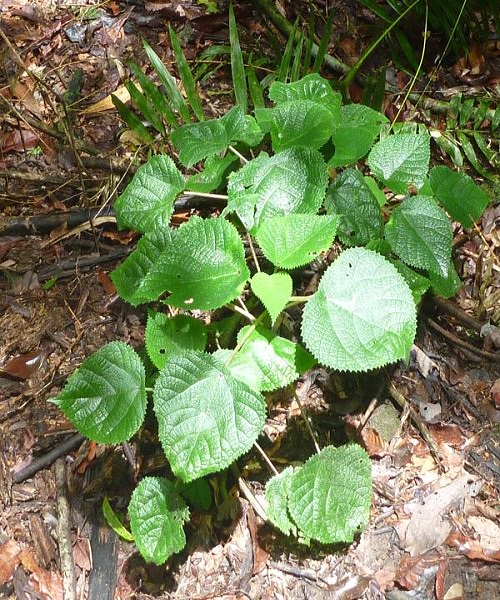
Pain bush
The pain bush (Smodingium argutum), sometimes known as African poison ivy, is native to southern Africa and lives true to its name. The plant is a shrub or small tree that produces a creamy sap rich in compounds known as heptadecyl catechols.
Contact with the sap, which dries black, creates a livid swelling rash with blisters, though some people are immune. Most symptoms subside within days.
